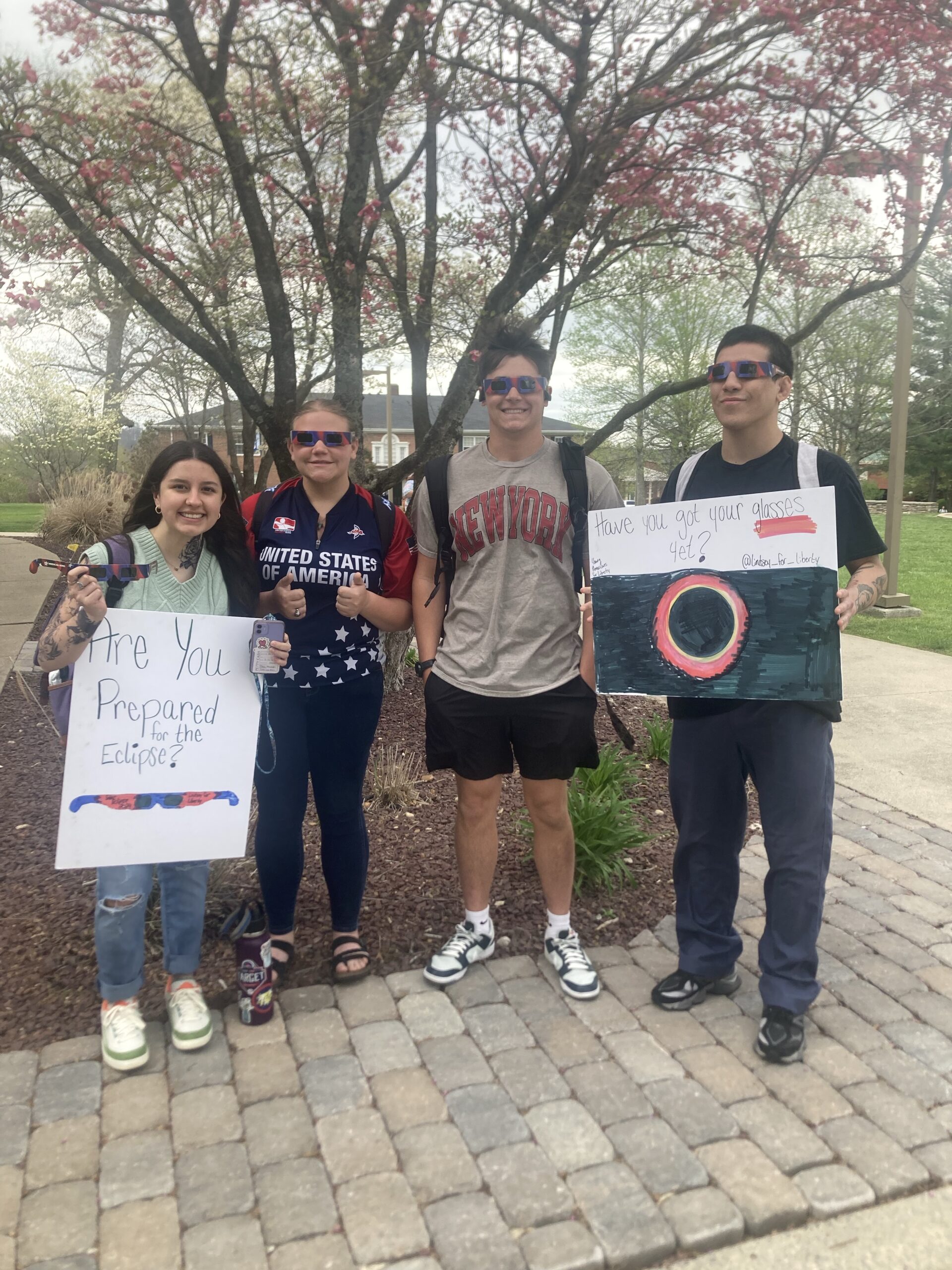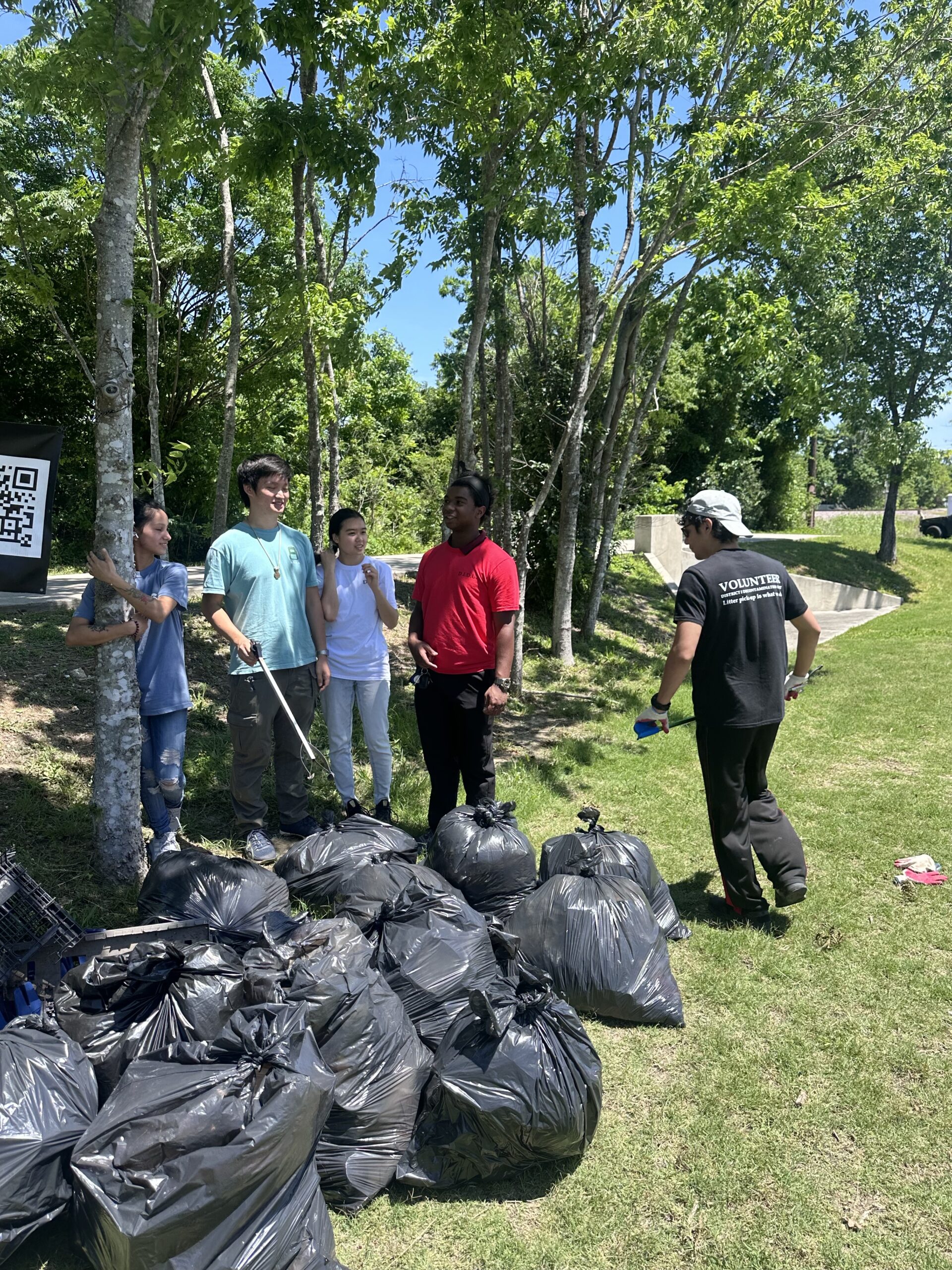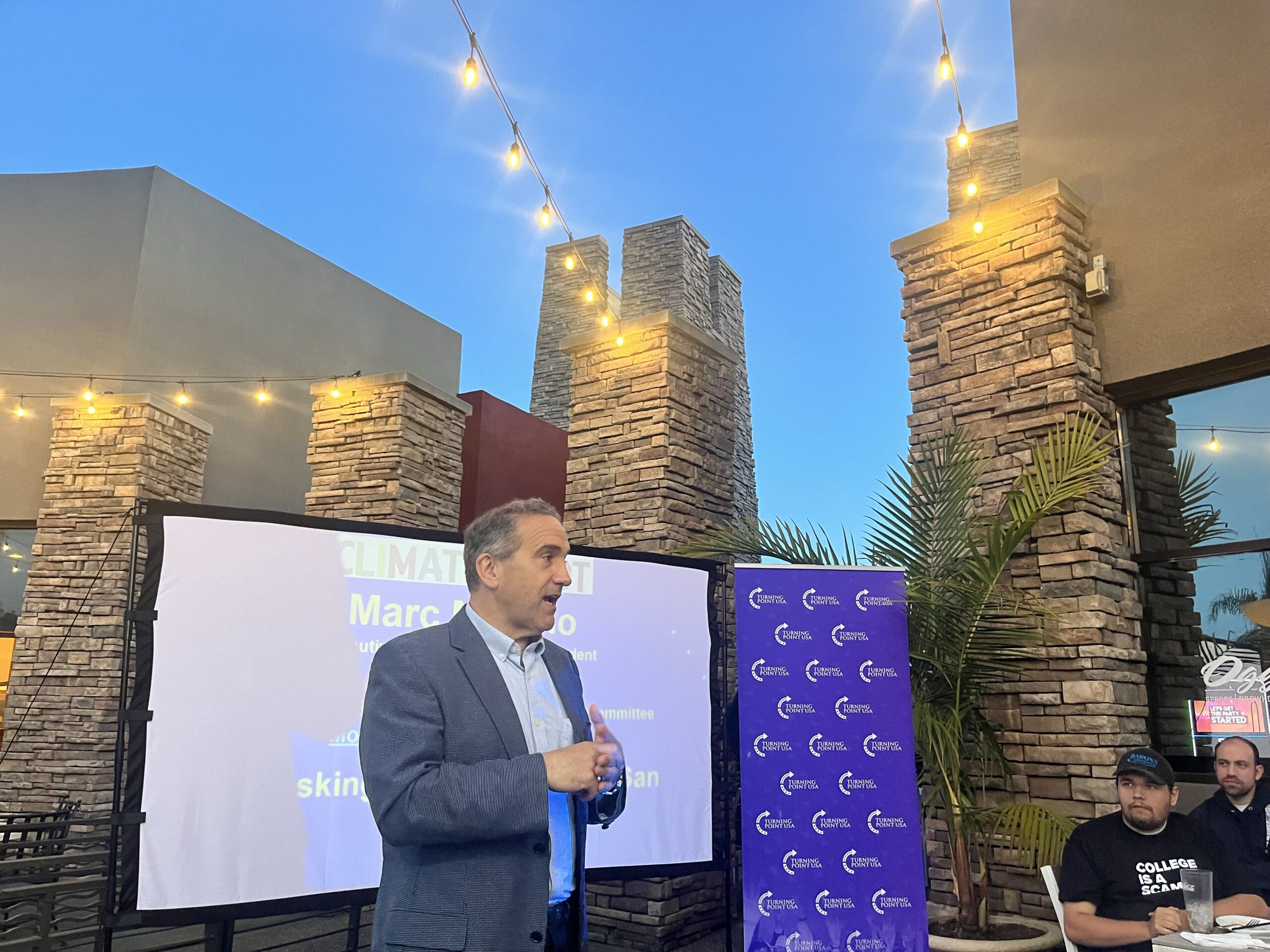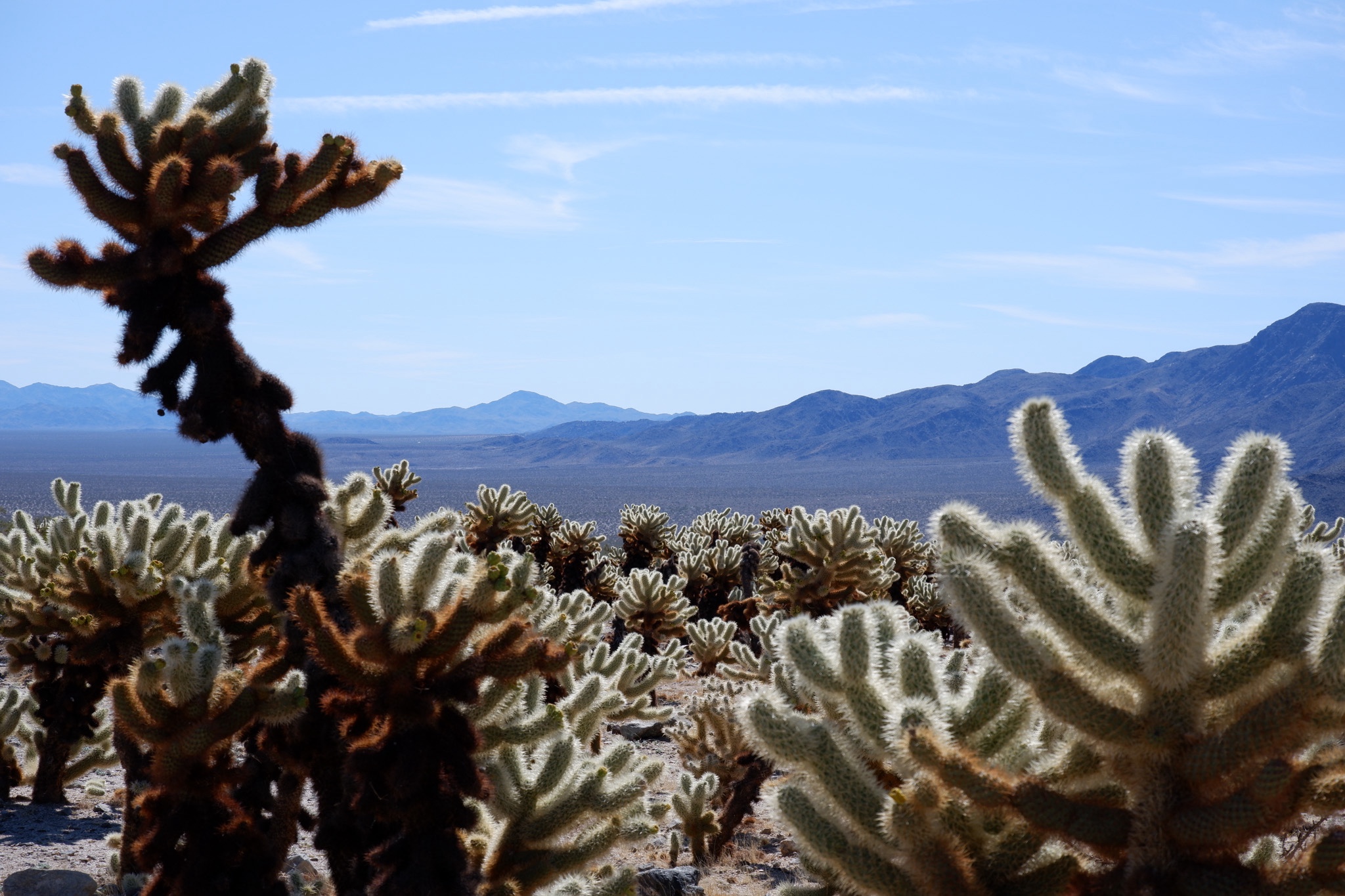This week, America saw a total solar eclipse cut across a large swath of the nation, getting the attention of many people. CFACT saw this as a fantastic opportunity to educate the public about the realities of climate change and its connection to the sun.
The organization had their student volunteers pass out eclipse glasses with fact cards giving important information regarding how our solar system’s central star impacts the cyclical climate change our planet has seen since the beginning. These well-sourcedfacts include:
- Earth’s orbit is slightly elliptical and changes over time. This leads to variation in the amount of energy the earth absorbs.
- The tilt of the earth changes over time, leading to changes in ice packs on the poles and differences in intensity of the season between the hemispheres.
- The sun has periods of greater and lesser energy output. We have records showing that during the Little Ice Age there was a significant period of almost no sunspots (Maunder Minimum), meaning there was less energy from our star.
- Periods of lower magnetic activity from the sun mean more cosmic rays hitting the earth’s atmosphere forming clouds. The types of clouds that are more prominent greatly impact the earth’s temperature. Lower altitude clouds tend to cool the earth while higher altitude clouds trap radiation, thereby warming the earth.
- Variations in the sun’s magnetism have a direct impact on the earth’s geology, especially volcanism. Depending on the type and location of the volcano, eruptions can spew ash that blocks solar radiation leading to cooling or can cause warming by increasing the most impactful greenhouse gas (water vapor) by 5%.
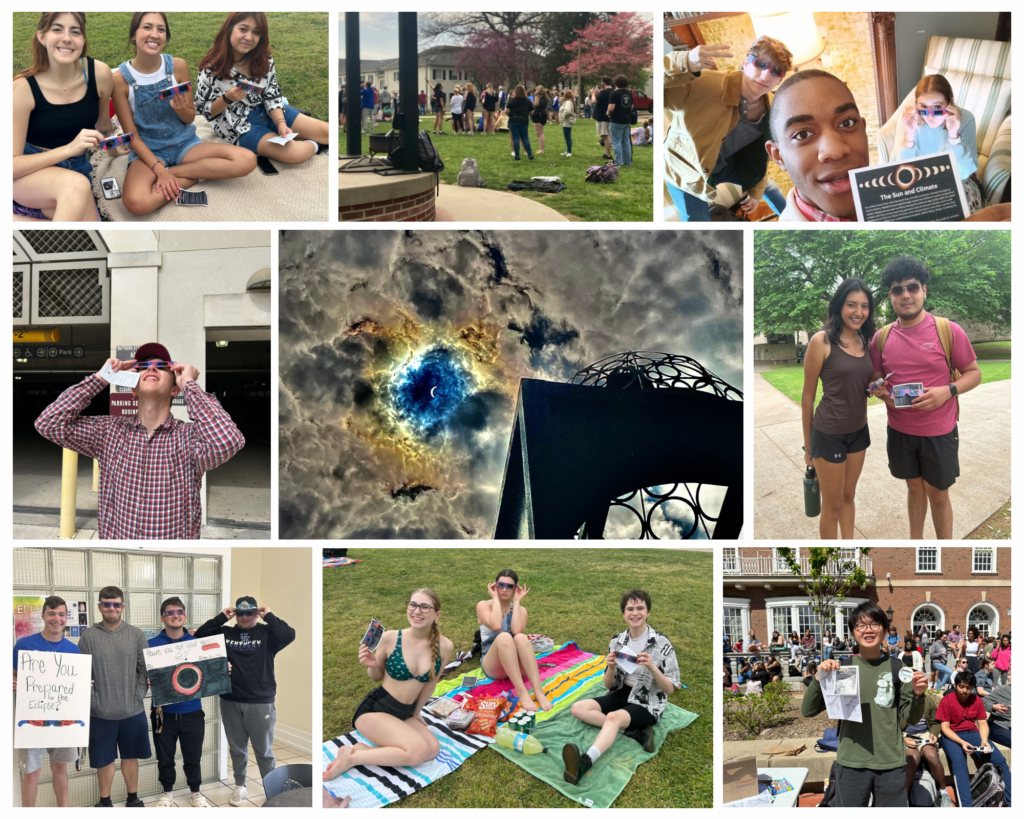
Speaking about the event, one Driessen Fellow, Noah Jenkins, at Vanderbilt said, “Many students were eager to get access to their very own pair of solar viewers but did not know that the sun and other orbital bodies also have an effect on climate change. It was good to be part of this effort to bring light to this fact.”
Materials were distributed at Sam Houston State University, Texas State University, University of Illinois, Ohio State University, Denison University, Kent State university, Vanderbilt University, and Lindsey Wilson College.
